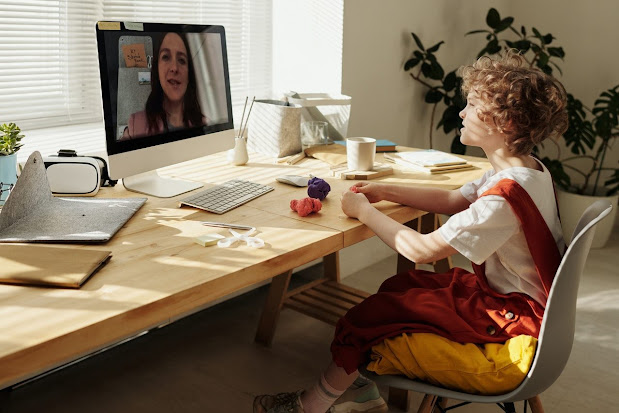Increase the Efficiency of Classroom Transitions with These 5 Strategies

Transitions are a part of everyday life at home and school. However, they can be challenging for children and adults alike, and the demands can be complex! During transitions, the sensory environment is more stimulating, and expectations are often higher than during lessons or structured activities. Often there is more noise in the room, lots of movement, and visual distractions. We expect students to follow multiple-step directions and navigate their bodies through the room while their peers do the same. The following strategies offer ideas to support our students during this frequent occurrence in the school day. 1. Calendar Younger classrooms often have a visual schedule, but older kiddos can benefit too! Offer a written plan for students who can read. When a child asks what is next, refer them to the schedule to teach them to use it. As adults, we often use our planners or apps to keep track of our days. Learning to check a calendar is a tool that kids ...
